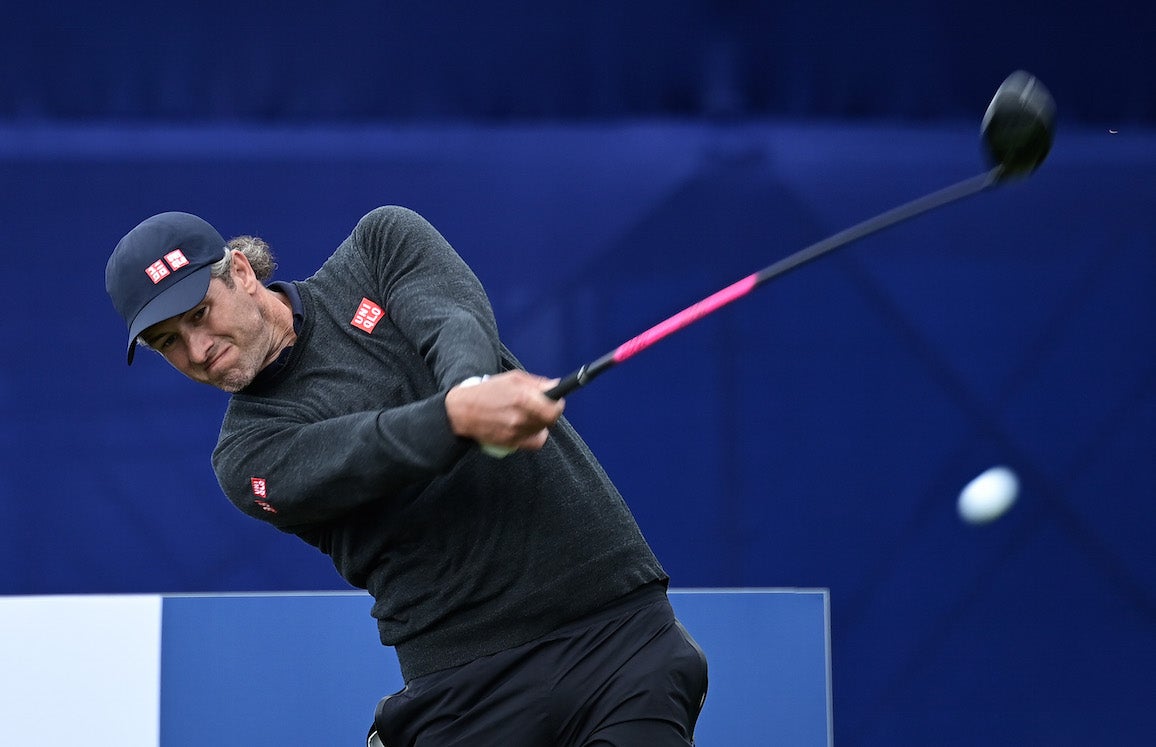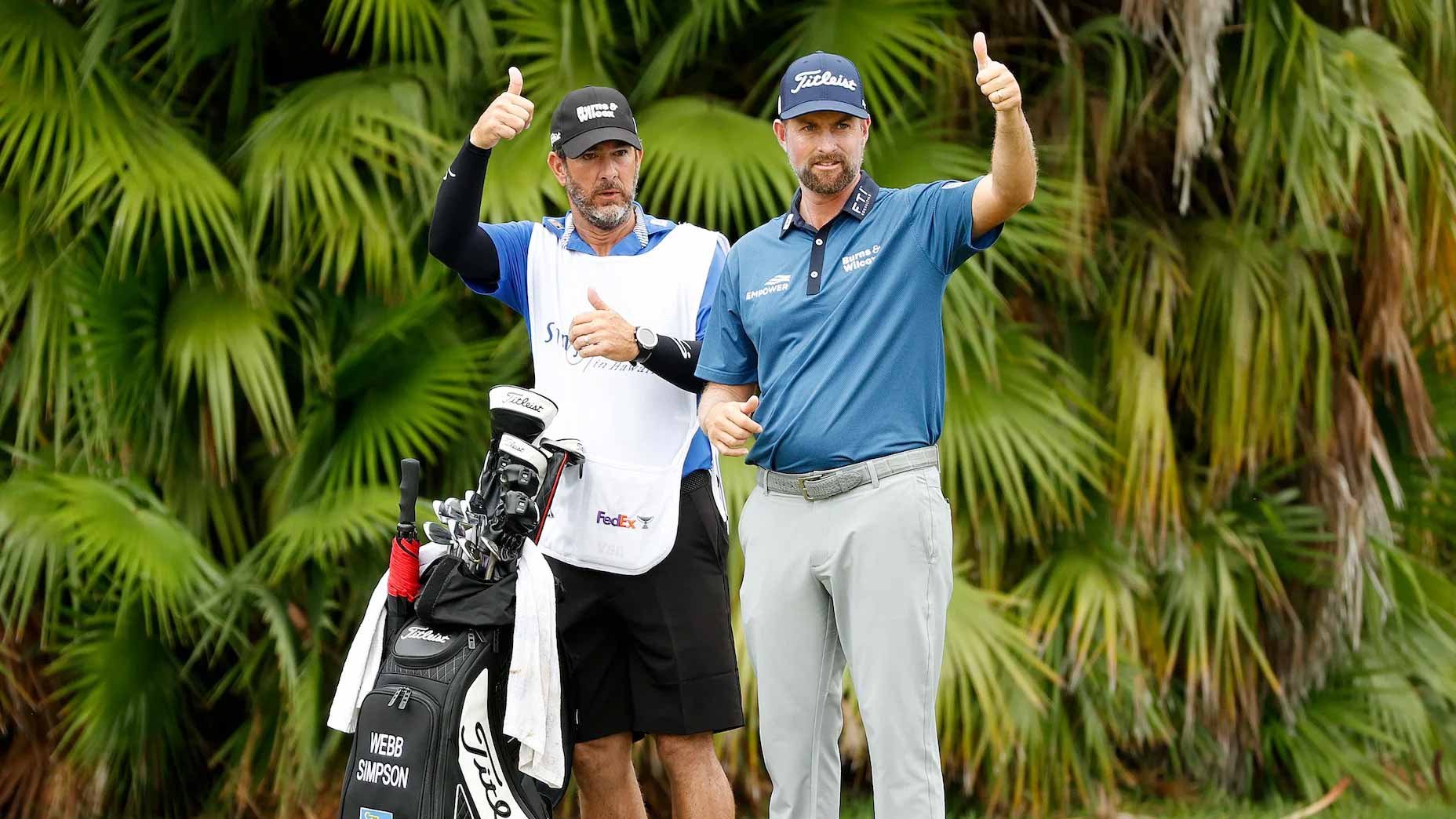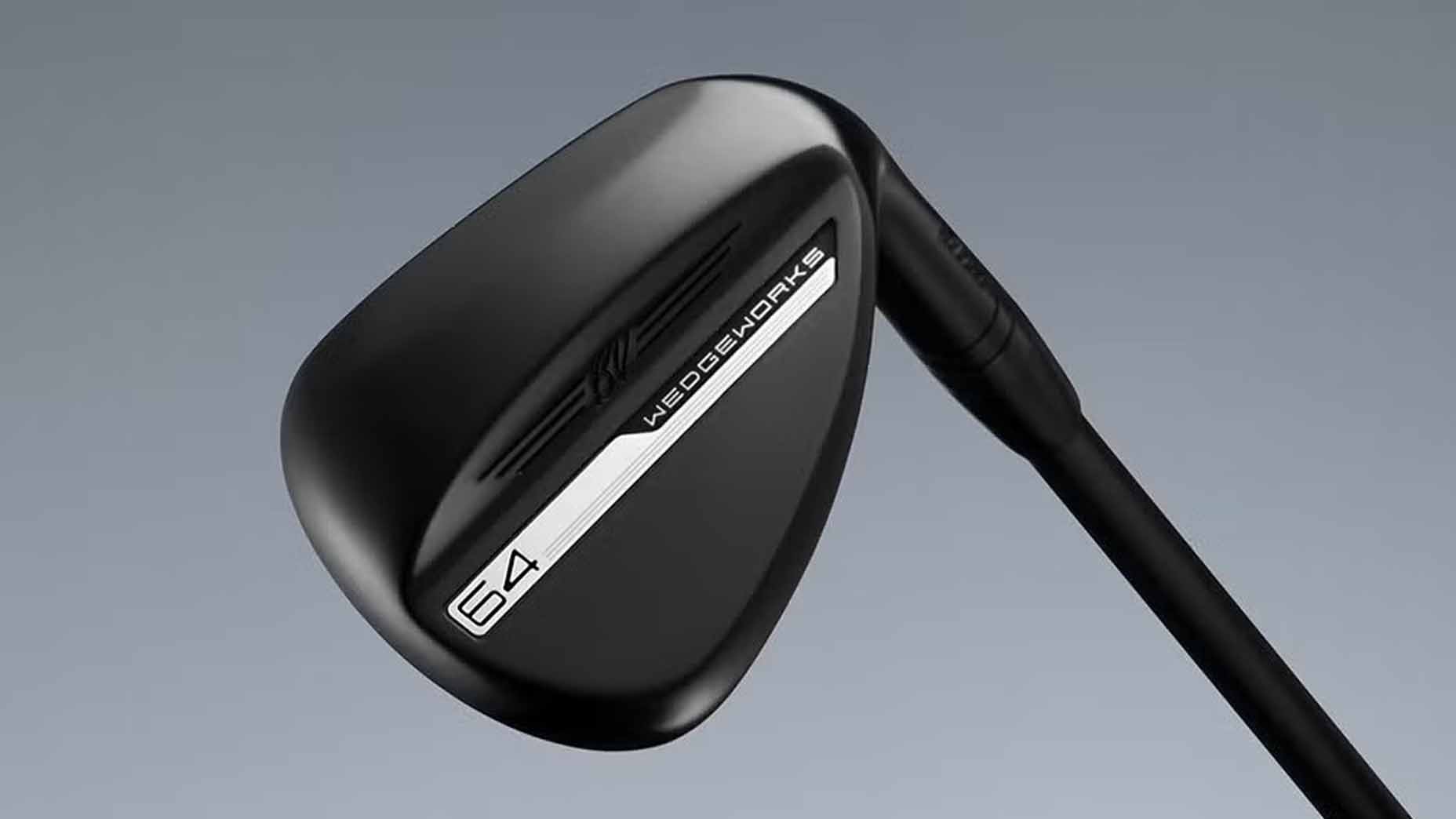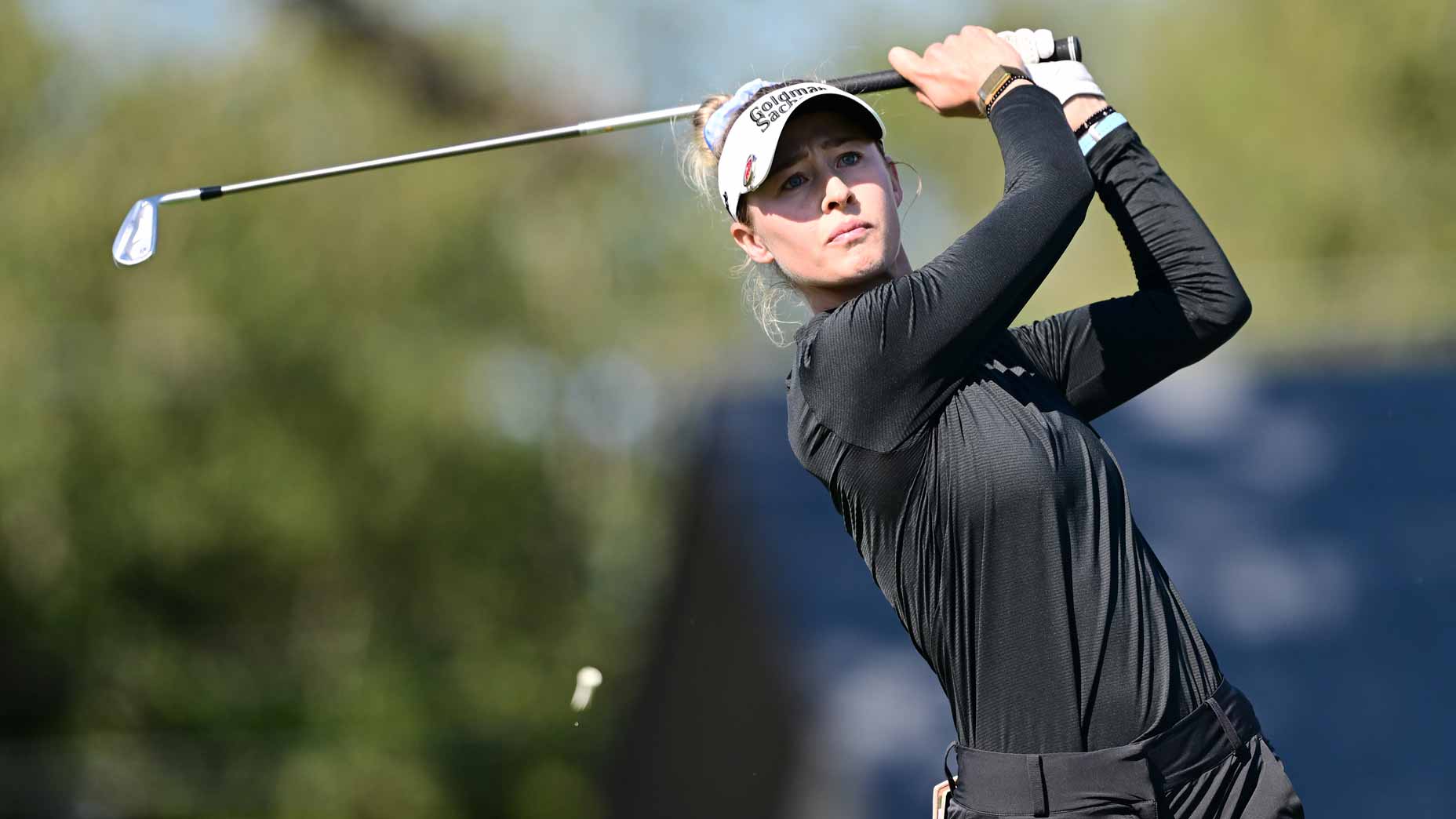Try as we might, unfortunately most golfers won’t ever make it to the PGA Tour. That’s a harsh reality, but it doesn’t mean we can’t all learn valuable lessons from the best golfers in the world. Each of us has room to improve and enhance our enjoyment of the game we love.
PGA Tour players work incredibly hard on every aspect of the sport: fitness, diet, mental toughness, technique, equipment, and everything else you can think of. Their lives mostly revolve around getting better at golf, so, if we want to improve our own games, who better to model our approaches after than the experts?
As you’ll learn later in the piece, however, PGA Tour players aren’t always the most knowledgeable when it comes to their own equipment. That award would go to the club fitters and builders who are out on the PGA Tour week-in and week-out, helping the world’s top players get fit into the right equipment.
Recently, J.J. Van Wezenbeeck, Director of Player Promotion at Titleist, joined our Fully Equipped podcast, and he dropped gems of knowledge throughout the interview.
Every Monday-Wednesday of a PGA Tour event week, Van Wezenbeeck and his Titleist team are on site to help players get fit into the correct equipment for them to play their absolute best, and they physically build and make changes to the clubs, as well. When a player isn’t hitting it perfect, Van Wezenbeeck helps figure out why, how to fix it, and then makes the proper adjustments.
The point is, Van Weezenbeeck is a great resource for us as golfers to improve our own gear setups. Below, I’ve compiled a list of seven lessons I learned from his podcast appearance.
Hopefully this helps you get the right tools in your bag to play your best, and even more importantly, helps you enjoy golf and life more than you ever have before.
1) Don’t try to do it all alone
We each have our own unique skill sets and roles to play. It’s impossible to do it all. In golf, it’s extremely difficult to try and fix your own swing and fit your own clubs, while also practicing and playing enough to make improvements. That’s why instructors and fitters exist.
Justin Thomas, for example, keeps a team of people around him that assist in certain areas to elevate his game. His father and PGA professional Mike Thomas helps hone his swing, and Van Wezenbeeck and team help get his equipment dialed in. If Thomas, as the No. 3-ranked golfer in the world, relies on his resources to improve, maybe you should, too.
J.J. says: “At the end of the day, Justin Thomas doesn’t really know or care [about his equipment]. He knows what it looks like, he knows what it feels like, and he knows how it flies. That’s what he cares about. Our job is to make sure it looks right, feels right, flies right. His job is to do the hitting part, and then provide feedback on the rest. We are very particular, we keep a lot of data on individual builds so that we know what to change if we need to change, or what to repeat if we have to repeat it.”
2) Use more “headcovers”
Most golfers tend to think a set of golf clubs needs to include long irons (3, 4 and 5-irons) because that’s how it’s always been, and that’s what the pros do. That perception isn’t necessarily true, though, and it’s not terribly helpful for amateur golfers, either.
Clubs such as hybrids and high-lofted fairway woods, which require headcovers to protect them in the bag, provide greater forgiveness than smaller-shaped irons. Why make the game more difficult than it needs to be?
J.J. says: “When you look at somebody like Webb [Simpson] who carries five headcovers, he’s pretty efficient outside 200 yards compared to tour average, because he’s hitting a headcover into everything, not a blade 3-iron…[you may look at your own game and say] ‘Hey, if I’m between 200 and 225 yards, I never hit a green.’ Well, OK, let’s look at a TSi2 7-wood. Let’s look at a TSi3 hybrid. You have options. You have a U510. You have a U500. People look at the Titleist stuff and ask, ‘Why do you have so many options in that part of the bag?’ Because that’s the hard part, and that’s where a lot of amateurs are used to going into the shop and buying 3-PW. You look out here and no one’s using 3-irons. Adam Scott is using a 7-wood. You want to take advantage of technology and find ways to shoot better scores.”
3) Know your own feels

None of us will be Adam Scott – in pretty much any facet of life – but we can certainly learn from his self-awareness. While most high-speed players prefer driver shafts with tip-stiff constructions to lower spin and twisting, Scott is the opposite. He prefers something a bit whippier, like the AutoFlex shaft or Fujikura’s Ventus Red.
The lesson here is that you’ll never know what shafts you personally prefer if you don’t get with a fitter to try different options, instead of just buying what your friends or the pros use.
Want to overhaul your bag for 2021? Visit the expert fitters at our sister company, True Spec Golf.
J.J. says: “[Scott is] always looking for better. What that equals is always a different definition. You look at [the Houston Open], his first event with a TSi4 driver, Ventus Red shaft and new Pro V1x, he lead the field in driving distance. How do you take a guy who leads the field in driving distance and then make it better? He likes a certain feel than maybe a lot of guys out here. You see a lot of guys in here playing [Project X HZRDUS, or other stiff tip shafts]. He’s the opposite. He wants to feel the thing load. He wants to feel it kick. When he was exposed to the [AutoFlex] shaft, he thought it was a unique thing. It’s a process he has to work through to see if it works or not. He’s such a good ball striker and he’s so talented at knowing where the club face is, that sometimes he likes to explore these things and experiment a little bit.”
4) Speed isn’t everything
When testing new equipment, it’s easy to get wrapped up in distance numbers. The problem is, on the golf course, speed isn’t the only factor in shooting lower scores. You should look at overall performance, and find clubs that can go far and straight; everyone needs a little help on mishits, even the pros.
J.J. says: “The big thing is overall performance. I mean, ball speed is great, but these players are playing for a lot of money. They don’t play with an eraser. They don’t play with a ball in their pocket. Overall performance matters…as much as we think these guys hit it on the center every time, they don’t. So if [they] hit it a little bit on the toe, [are they] able to maintain that spin? And the MOI properties inside the [TSi driver heads] is really helping that…forgiveness when they mishit a shot is really powerful when you’re on the golf course rather than in a fitting bay.”
5) Keep track of important stats
PGA Tour players, and their club fitters, have access to incredibly in-depth stats to help them make better equipment decisions. The best way to help your particular game get better is to keep track of as many stats as you can so you have more information on how to improve. Metrics such as greens in regulation and fairways hit can help, but what about going more in-depth and tracking where you miss, and how far your clubs actually go? This information can help your fitters and instructors immensely. Help them help you.
J.J. says: “I think there’s a lot of things you can look at. It’s really how much keeping track you want to do: do you want to simply track fairways hit? Then you can take it up a notch. How many do I miss left, how many do I miss right? The next time you go to a club fitting, you can tell them, ‘Everytime I miss the fairway, 75 percent of the time it’s left.’ OK, well that’s powerful stuff for your fitter to know. I’m at an advantage, I get to work with these players week in and week out, look at stats, have ShotLink data and know everything.”
6) No wasted space in the bag
Every club should have an individual purpose in your bag, as Van Wezenbeeck explains. You legally only get 14 clubs in your setup, so make sure there’s no wasted space.
J.J. says: “Every club is a tool and I think that’s the key standpoint of it. It’s a tool to do something for you on the golf course. Your driver is supposed to go long and straight. Great, that’s an easy one. Well now everything gets more and more complicated. Three-woods have to launch high off the fairway and be good off the tee on a tight hole, or a hole there might be trouble through. Then your next club has to be high and soft into the green. Then down through the scoring clubs you have to have really, really good distance control, down to a lob wedge that has to be good off tight lies, good out of the bunker, good out of the rough. All your clubs have to have a purpose. I think so often players don’t get fit and don’t share enough with their fitter that they just end up with the same thing as their buddy or their friend they played with. If you really start getting fit for all 14, you’re going to be a better player.”
7) Feed your passion in life
Van Wezenbeeck has worked with the best players in the world for years. After learning so many golden nuggets throughout that time, I asked him for his one piece of advice for golfers. His answer was inspiring, whether you play golf or not.
J.J. says: “I think from a playing standpoint, it would definitely be, the folks out here who are playing for a living, they actually enjoy it. They aren’t going home and not playing golf, they’re just playing golf differently. They’re in a cart and they’re having a blast doing it. When you find something you have a passion for, that gym routine isn’t tedious, it’s a way to get better. That short game session, that extra time at the range, stretching and rolling, if you have that passion for it, just let it feed into it. If you’re an amateur golfer, and you’re passionate about golf, why aren’t you going to get fit? You need to find a way to have more fun…there’s a lot of options out there, it’s overwhelming. Go see a fitter who’s really experienced and knows what they’re doing.”
For more on the latest gear news, check out our latest Fully Equipped podcast below.
Want to overhaul your own bag for 2021? Visit the expert fitters at our sister company, True Spec Golf. For more on the latest gear news, check out our latest Fully Equipped podcast below.










